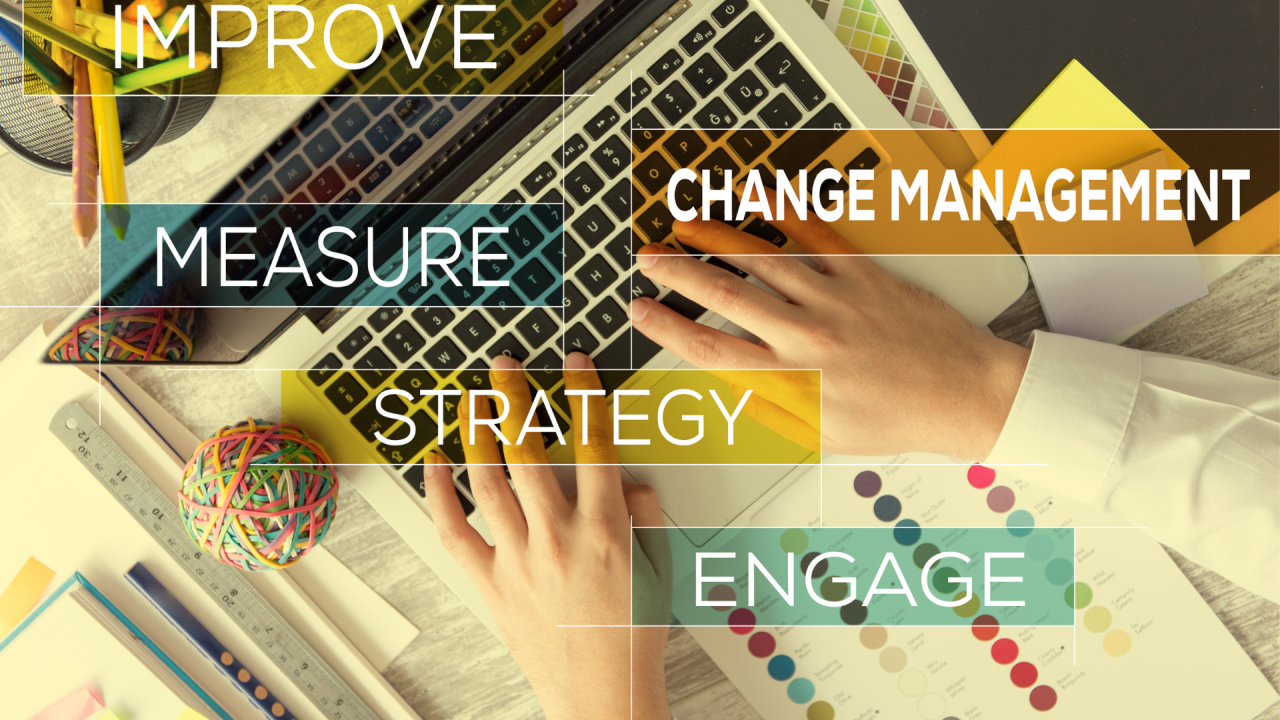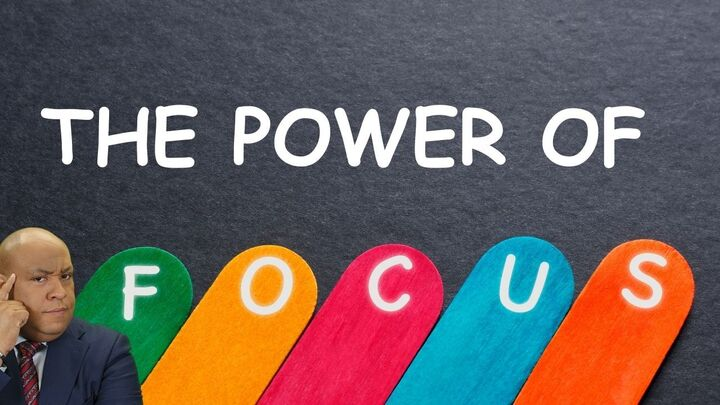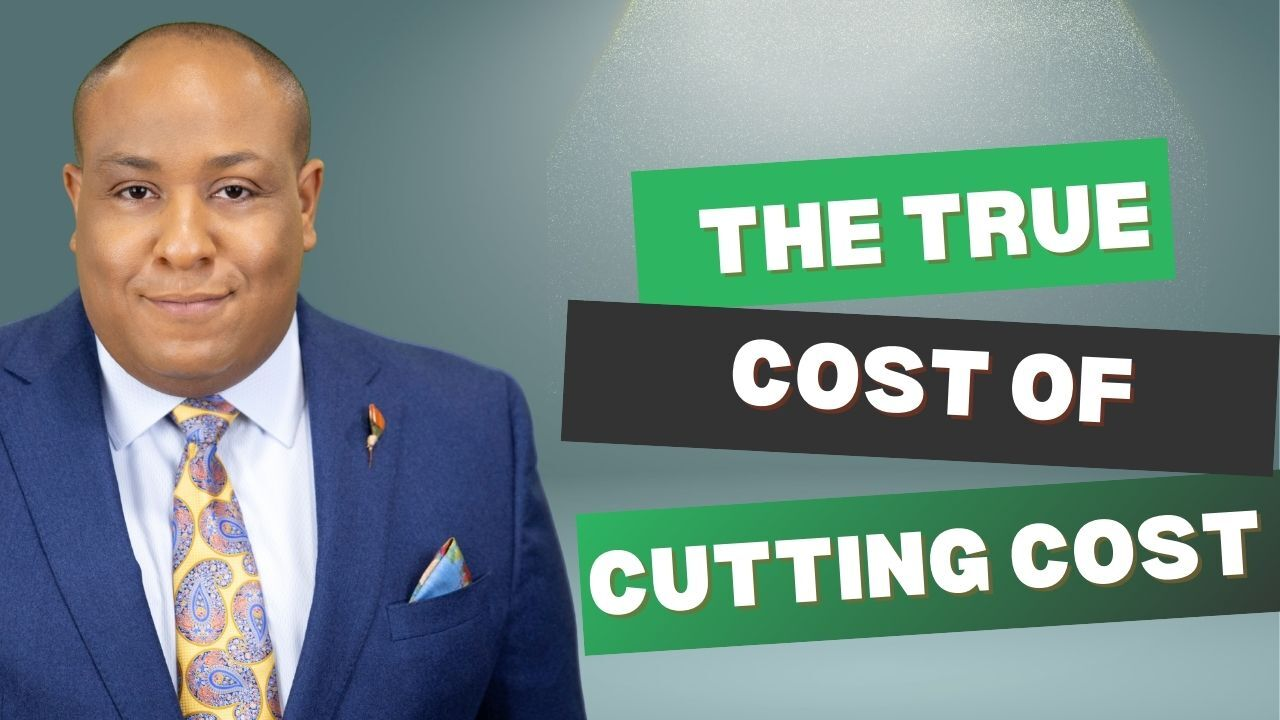804-414-8051
Mastering Change Management: From Mandates to Monumental Shifts
Cory Mosley

In today’s fast-paced business world, change is inevitable and often met with mixed reactions. We’ve all been there: an executive mandate echoes through the boardroom, declaring, “Change is upon us!”—only to be met with resistance and apprehension. This raises a crucial question: How can leaders not only announce change but also motivate their teams to embrace and execute it effectively?
Unpacking the Dilemma
Change can be intimidating. It disrupts established routines, challenges comfort zones, and requires a realignment of organizational values. But why is resistance so natural? And how do we transform from imposing mandates to inspiring a collective journey toward transformation?
The Blueprint for Change
- A Shift in Mindset: Effective change begins with a shift in perspective—a move from familiar territory to exciting new frontiers. Embracing this shift is key to setting the stage for a successful transformation.
- Involvement and Engagement: To foster genuine enthusiasm, involve your team in the change process. Building a connection between understanding the need for change and desiring to be part of it requires inclusivity. Make sure everyone feels they are on this journey together.
- Beyond Mandates: Historically, top-down change has often led to low morale and productivity. Echoing Steve Jobs, effective change management isn’t about dictating tasks but empowering individuals with the tools, knowledge, and environment needed for success. For instance, if aiming to deliver Ritz-Carlton-level service, the focus should be on training and preparing the team to meet this standard, not just setting the expectation.
- Anticipation and Instruction: Successful change requires clear communication. Announce changes with clarity and provide a roadmap that includes both anticipation (exciting what’s ahead) and instruction (how to navigate the transition together).
Case Study: A Model of Excellence
Consider a company aiming to elevate its customer service to Ritz-Carlton standards. This goal isn’t just about setting high expectations but breaking down the vision into actionable attributes like empathy and attention to detail. Ensure your team understands and experiences these standards firsthand through comprehensive training and mentorship.
Implementation: The People Pillar
Implementing change effectively means embedding it into the company culture, often referred to as the "People Pillar." This involves a holistic approach encompassing planning, methodologies, training, and metrics to guide your team confidently through the transition.
Engaging the Future
Transitioning from merely reacting to change to actively pursuing it with purpose and passion is essential. Our goal should be to transform the narrative of change management, fostering a culture of continuous learning and crafting stories of success.
Key Takeaways
- Mandates vs. Empowerment: Understand the limitations of mandates and focus on creating pathways for empowerment.
- Construct a Shared Journey: Use anticipation and structured guidance to turn skepticism into a collective quest for excellence.
- Foster Experiential Understanding: Align goals with hands-on learning and inspirational examples.
- Invest in the People Pillar: Develop a comprehensive framework around staff engagement, training, and cultural integration.
Transforming systems involves more than reinventing processes; it’s about evolving mindsets and organizational cultures. As we navigate this dynamic landscape, let’s craft a compelling story of change, where each chapter enhances and inspires every team member to not only participate but passionately pursue excellence.
Similar Posts




Contact
Mosley Strategy Group LLC
2810 N. Parham Road Suite 360
Henrico, VA 23294
804-414-8051
hello[at]corymosley.com
Links
Affiliated Brands
© 2025 Mosley Strategy Group LLC. All Rights Reserved
